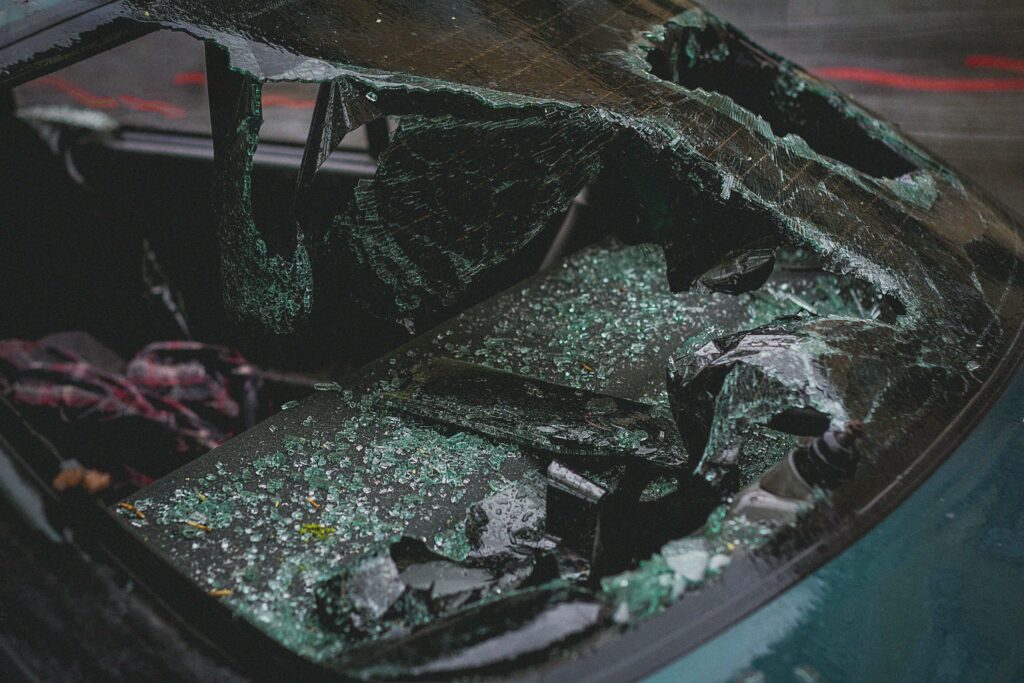Navigating the Maze of Car Accident Insurance: A Comprehensive Guide

Car accidents are an unfortunate reality of modern life, and while no one wants to imagine being involved in one, it’s crucial to be prepared. Car accident insurance plays a pivotal role in alleviating the financial burden that can accompany such incidents. In this comprehensive guide, we will delve into the intricacies of car accident insurance, exploring the types of coverage, the claims process, and tips for obtaining the best protection.
Understanding Car Accident Insurance
Types of Coverage:
a. Liability Insurance:
Liability insurance is the most basic form of car accident coverage and is typically required by law. It covers the costs associated with injuries or property damage sustained by others in an accident where you are at fault. This includes medical expenses, property repair, and legal fees.
b. Collision Coverage:
Collision coverage pays for the repairs to your own vehicle in the event of an accident, regardless of who is at fault. This coverage is particularly important if you have a newer or more expensive car.
c. Comprehensive Coverage:
Comprehensive coverage provides protection against non-collision events, such as theft, vandalism, natural disasters, or animal collisions. While collision coverage focuses on accidents, comprehensive coverage safeguards your vehicle from a broader range of risks.
d. Personal Injury Protection (PIP) or Medical Payments Coverage:
PIP or Medical Payments coverage takes care of medical expenses for you and your passengers, regardless of fault. It may also cover lost wages and funeral expenses.
e. Uninsured/Underinsured Motorist Coverage:
This type of coverage protects you if you’re involved in an accident with a driver who lacks insurance or has insufficient coverage. It can help cover medical bills, property damage, and other costs.
Filing a Claim:
a. Immediately After the Accident:
The first step after an accident is to ensure everyone’s safety. Once that is addressed, exchange information with the other party involved. Collect details such as names, contact information, insurance details, and any eyewitness accounts.
b. Notify Your Insurance Company:
Promptly inform your insurance company about the accident. Most insurers have a 24/7 claims hotline. Be prepared to provide detailed information about the incident, including the date, time, location, and a description of what happened.
c. Document the Scene:
Take photos of the accident scene, including vehicle damage, license plates, and the surrounding area. This visual evidence can be invaluable during the claims process.
d. Police Report:
If law enforcement responds to the accident, obtain a copy of the police report. This document can serve as an official record of the incident and aid in the claims process.
e. Seek Medical Attention:
Even if you don’t believe your injuries are severe, it’s crucial to seek medical attention. Some injuries may not manifest immediately, and having medical documentation strengthens your case.
Tips for Obtaining the Best Protection:
a. Shop Around:
Insurance premiums can vary significantly between providers. Take the time to compare quotes from different companies to ensure you are getting the best coverage at the most competitive rate.
b. Understand Your Policy:
Familiarize yourself with the terms and conditions of your policy. Knowing what is covered and what is not can prevent unpleasant surprises when filing a claim.
c. Consider Deductibles:
Your deductible is the amount you pay out of pocket before your insurance coverage kicks in. Choosing a higher deductible can lower your premiums, but it’s essential to assess your financial situation and determine what you can comfortably afford.
d. Maintain a Good Driving Record:
Safe driving not only keeps you and others on the road safe but also contributes to lower insurance premiums. Many insurers offer discounts for drivers with a clean record.
e. Bundle Policies:
Consider bundling your car insurance with other policies, such as homeowners or renters insurance. Insurance companies often provide discounts for multiple policies.
Car accident insurance is a critical component of responsible vehicle ownership. Understanding the types of coverage available, the claims process, and tips for obtaining the best protection can help you navigate the complex world of insurance with confidence. While no one can predict when an accident will occur, being prepared and informed ensures that you have the necessary safeguards in place to mitigate the financial impact of an unfortunate event on the road.
Frequently Asked Questions (FAQs) on Car Accident Insurance
1. What is car accident insurance, and why do I need it?
Car accident insurance, also known as auto insurance, is a contractual agreement between a policyholder and an insurance company to provide financial protection in the event of a car accident. It is essential because it covers various costs, including medical expenses, property damage, and legal fees, helping you avoid significant financial burdens resulting from an accident.
2. What types of car accident insurance coverage are available?
There are several types of coverage, including:
a. Liability Insurance: Covers damages to others if you’re at fault.
b. Collision Coverage: Pays for your vehicle repairs, regardless of fault.
c. Comprehensive Coverage: Protects against non-collision events like theft or natural disasters.
d. Personal Injury Protection (PIP) or Medical Payments Coverage: Covers medical expenses for you and your passengers.
e. Uninsured/Underinsured Motorist Coverage: Protects against accidents with drivers lacking adequate insurance.
3. What should I do immediately after a car accident?
a. Ensure everyone’s safety.
b. Exchange information with the other party involved.
c. Notify your insurance company promptly.
d. Document the scene by taking photos.
e. Obtain a police report if law enforcement responds.
f. Seek medical attention, even for seemingly minor injuries.
4. How do I file a car accident insurance claim?
a. Contact your insurance company’s claims hotline.
b. Provide detailed information about the accident, including date, time, location, and a description of what happened.
c. Submit supporting documentation, such as photos, the police report, and medical records.
5. How can I choose the best car insurance policy for my needs?
a. Shop around and compare quotes from different providers.
b. Understand the terms and conditions of the policy.
c. Consider your deductible carefully and choose a level that aligns with your financial situation.
d. Maintain a good driving record to qualify for discounts.
e. Explore bundling options with other insurance policies for potential discounts.
6. What factors affect my car insurance premium?
a. Driving record.
b. Vehicle type and age.
c. Location.
d. Coverage types and limits.
e. Deductible amount.
f. Credit history.
7. Can I save money on car insurance?
Yes, there are several ways to save on car insurance:
a. Maintain a good driving record.
b. Bundle policies, such as home and auto insurance.
c. Choose a higher deductible.
d. Install safety features in your vehicle.
e. Take advantage of available discounts.
8. What happens if I’m involved in an accident with an uninsured driver?
If you have uninsured/underinsured motorist coverage, your insurance will help cover the costs of medical expenses, property damage, and other related expenses if the at-fault driver lacks insurance or has insufficient coverage.
9. Is car accident insurance mandatory?
Yes, liability insurance is typically mandatory in most places. However, specific requirements vary by location, so it’s essential to check local laws and regulations.
10. How often should I review and update my car insurance policy?
It’s advisable to review your policy annually or whenever there is a significant change in your circumstances, such as a new vehicle purchase, change of address, or life events that may impact your coverage needs. Regular reviews ensure that your policy aligns with your current situation and provides adequate protection.




